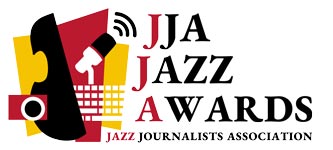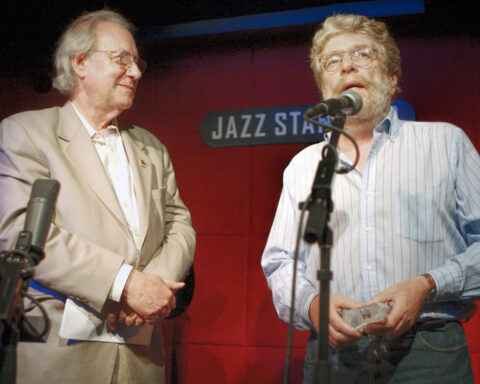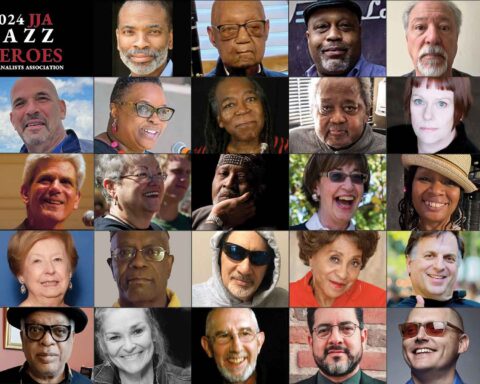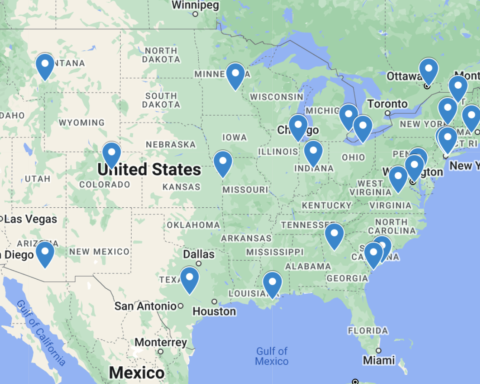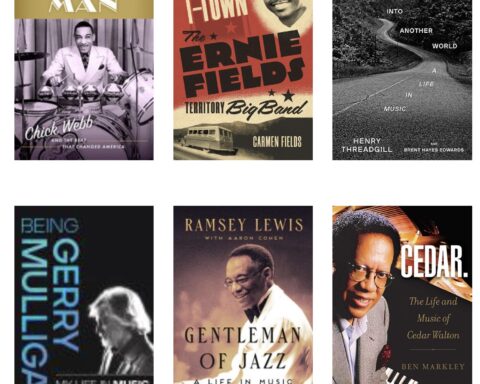During my three decades of teaching jazz and voice, I have realized that there
is a a dearth of resources available to the jazz voice teacher. My understanding of this came to a head through my teaching of a “Vocal Jazz Master Class” within the MMA and DMA jazz voice programs at the University of Southern California.
My graduate students wanted to learn about the anatomy and function of the vocal mechanism, about vowel acoustics (which play a huge role in mic technique), diction for jazz singers, and how specific techniques and stylistic approaches used by leading jazz singers in history impacted their individual styles and success. They wanted to learn ways to teach jazz singing while tending to the health of the vocal instrument. They wished for a textbook that combined discussions of developing healthy vocal technique with the many facets of jazz language, style, performance practice, technological knowledge, and pedagogy inherent to jazz. They urged me to write such a book.
With their faith and encouragement I strove to create a treatise that addressed these issues, and other material so often left out of other jazz voice texts. While I soaked in the suggested scat exercises from other published jazz singing handbooks and workbooks (and used them in my rehearsals and lessons from time to time), I could see that much of what I knew firsthand from having fronted and directed jazz combos and big bands since my teen years, as well as what I had learned from teaching jazz singing, would be valuable and helpful for a wide audience of singers and teachers of singing. As a classical and musical theater voice teacher for almost as many years as I have sung professionally, I have been approached often by my colleagues and students asking for tips and help navigating a jazz piece for a recital, or getting a book of performance charts together for a gig, or diving more deeply into a style that seemed foreign with its elusive scat language, improvisation, and displays of theory/ear training put into practice. For several years I have mulled over how to combine the needs of both jazz singers and traditional (classical) voice teachers so that both groups (as well as instrumentalists working with singers) could understand and apply the principles I wished to share.
The final product of this journey, I am happy to announce, is my book Jazz Singing: A Guide to Pedagogy and Performance (Rowman & Littlefield, 2022). I have been thrilled by the outstanding reception it has received from the voice pedagogy population as well as by jazz performers. I was honored to present this research at the 2022 International Congress of Voice Teachers in Vienna, Austria (which convenes every five years), and the book has been highly endorsed and recommended by The Journal of Singing, the official journal of the National Association of Teachers of Singing. Through it I have been able to travel and teach throughout the world.
The writing process for this book involved deep dives into researching the available literature within the fields of both traditional voice pedagogy and jazz voice. Having earned a doctoral degree in jazz studies with a minor in voice pedagogy, I was primed for the task, since exit exams required a thorough knowledge of published material in both fields. My combining of these fields was a natural outgrowth of this valuable research. I added to this knowledge an extensive listening diet of great jazz singers from history and I strove to describe and translate some of their unique nuances, habits and techniques related to aspects of singing technique (diction, tone quality, breath management, vibrato, dynamic contrast, mic technique, etc.).
I developed suggested exercises — many which I have used over the years — scattered throughout several chapters to help teachers, students, and singers expand their skill sets in various ways. I included practical information from my years as a professional bandleader and arranger, singer, and professor of voice. I wove these various pedagogical, historical, and practical threads together to create the manuscript for jazz singing.
In paradigm-shifting news, I was invited to present the first-ever jazz singing master class at the international Classical Singer Convention and Competition in May 2023 in San Francisco. This represented a significant development in the community of professional singers — 90 schools of music and conservatories were in attendance, and 600 singers took part in the competition and/or participate in singing master classes.
Jazz Singing: A Guide to Pedagogy and Performance is helping to build bridges among jazz artists and opera/classical artists, as well as between jazz departments and voice departments within the culture of higher education. Jazz Singing celebrates and teaches multi-genre singing and emphasizes the diversity and authenticity of styles that most successful modern singers must navigate to some degree.
I am pleased to be a torch-bearer for unity and acceptance within my formerly separate fields of jazz and voice, and a teacher-performer whose commitment to authenticity of style remains paramount. My learning journey is far from finished — along the way I am excited to share my expertise and the wisdom that my teachers and colleagues shared with me. I am honored to continue their legacy of excellence and the joy of making music.



